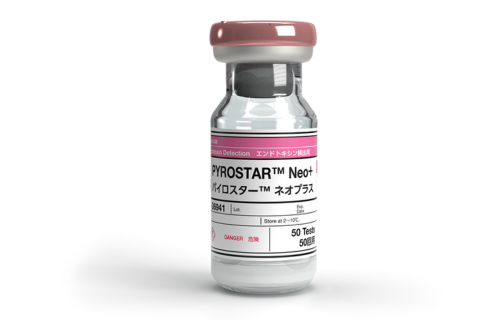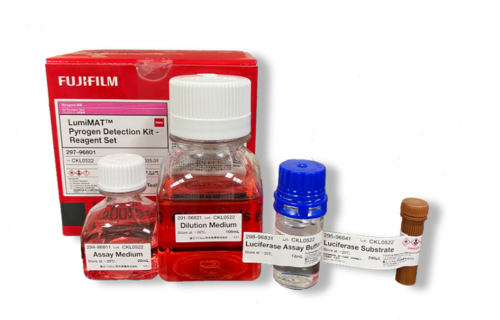Introduction to LumiMAT™
When pyrogens are injected into the human body, they are detected by the TLR of human monocytes. They activate signalling pathways at specific levels, which then trigger immune and inflammatory responses, resulting in the release of natural fever-inducing substances. Severe adverse reactions, such as fever, inflammatory responses, multiple organ failure, and sometimes, even death, can result from this[1].
Sources such as water, drugs, medical equipment, and steam can lead to pyrogen contamination. Prior to usage, it is crucial to detect any pyrogens in these substances.
There are three accepted assays to identify pyrogens in injectable drugs: the Rabbit Pyrogen Test (RPT), the Limulus Amoebocyte Lysate test (LAL), and the Monocyte Activation Test (MAT). [2]
Why to choose MAT?
In June 2021, the European Pharmacopoeia Commission initiated a plan to phase out the Rabbit Pyrogen Test from the European Pharmacopoeia within five years. By their 179th session in June 2024, they confirmed the RPT would be discontinued from 2026.
Because of the ethical issues surrounding the widespread use of animals in pharmaceutical testing, most pharmacopeial monographs have replaced the RPT test with LAL. However, LAL has notable limitations related to accurately detecting non-endotoxin pyrogens and cannot completely replace RPT.
MAT is a pyrogen test that was created to replace RPT. It can identify both endotoxins and non-endotoxin pyrogens and has emerged as a better choice than RPT because it offers similar accuracy and can detect a wide range of endotoxin types without animal involvement.
What is LumiMAT™?
LumiMAT™ was created as a substitute for RPT to quickly and accurately detect pyrogens by screening multiple cell lines. This assay is known for its reliability, speed, and high sensitivity, and it offers numerous benefits compared to traditional MAT assays currently found in the market.
To measure cytokines released by monocytic cells in response to pyrogens, most MAT assays available for purchase use PBMCs (Peripheral Blood Mononuclear Cells) in an ELISA-based platform, which can result in variability between batches and lengthy testing times (up to 1.5 days). However, LumiMAT™ distinguishes itself by employing human NOMO-1 cells that have been specifically chosen for their heightened sensitivity to lipopolysaccharide (LPS) and a wide range of non-endotoxin pyrogens. Furthermore, these cells have demonstrated consistent and stable results.
Moreover, LumiMAT™ incorporates a luciferase reporter assay as a means to detect NF-κB transcription factor activation, generating results in roughly 5 to 8 hours.
Differentiating factors
The NF-κB reporter gene assay offers several benefits such as eliminating the need for ELISA, being easy to handle, and having a significantly shorter reaction time compared to systems that rely on IL-6 release. The top cell line demonstrated outstanding performance, with an LPS LOD (limit of detection) of less than 0.01 EU/mL and coverage for most Toll-like receptors (TLRs).
The LumiMAT™ pyrogen testing method can complete the entire assay in only 8 hours, which is significantly shorter than the traditional MAT assays that take 22 to 24 hours. This technique reduces the culture time to just 3 to 6 hours, making it a promising alternative to the RPT.
References:
- Solati, S., T. Zhang, and S. Timman, The monocyte activation test detects potentiated cytokine release resulting from the synergistic effect of endotoxin and non-endotoxin pyrogens. Innate Immun, 2022. 28(3-4): p. 130-137.
- Perdomo-Morales, R., et al., Monocyte activation test (MAT) reliably detects pyrogens in parenteral formulations of human serum albumin. Altex, 2011. 28(3): p. 227-35.






